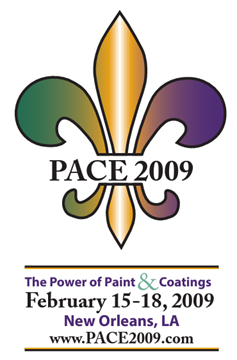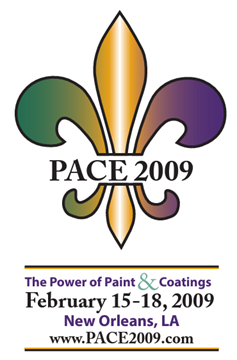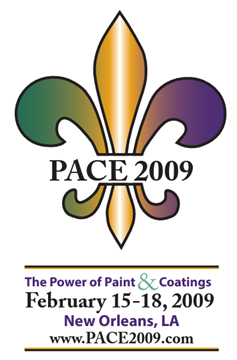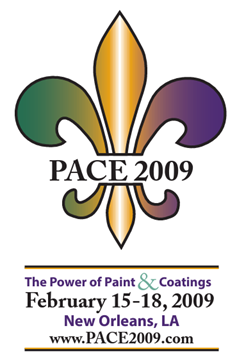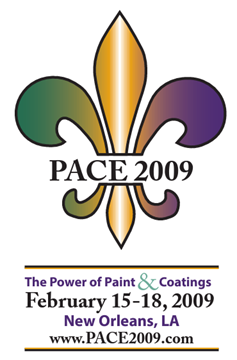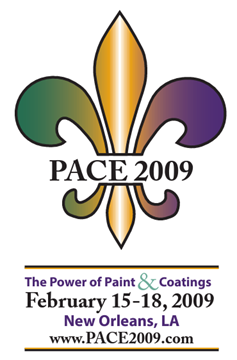Search
Products tagged with '2009 Conference Papers'
View as
Sort by
Display
per page
09574 Surface Response Design to Study the Effect of Low Oxygen Levels On Carbon Dioxide Corrosion Environments
Product Number:
51300-09574-SG
ISBN:
09574 2009 CP
Publication Date:
2009
$20.00
09575 The Effect of Electrode Size on Electrochemical Noise Measurements and the Role of Cl- on Localized Corrosion for Mild Steel in CO2 Corrosion Environment
Product Number:
51300-09575-SG
ISBN:
09575 2009 CP
Publication Date:
2009
$20.00
09577 Corrosion Aspects for Stainless Steel Surfaces in the Brewery, Dairy and Pharmaceutical Sectors
Product Number:
51300-09577-SG
ISBN:
09577 2009 CP
Publication Date:
2009
$20.00
09578 Improvement of the NACE Test for Determination of the Corrosive Properties of Gasoline and Distillate Fuels
Product Number:
51300-09578-SG
ISBN:
09578 2009 CP
Publication Date:
2009
$20.00
09579 Failure of Austenitic Stainless Steel Drain Piping of OCR Reactor in Atmospheric Desulphurization Unit (ARDS) of Mina Abdulla Refinery, Kuwait National Petroleum Company (KNPC)
Product Number:
51300-09579-SG
ISBN:
09579 2009 CP
Publication Date:
2009
$20.00
A New Water-Based PVDF System for Weatherable Coatings
Product Number:
41209-500-SG
Publication Date:
2009
$20.00
A Polished Concrete Floor - Start to Finish
Product Number:
41209-517-SG
Publication Date:
2010
$20.00
A Simple and Effective Approach to Developing and Maintaining: A Maintenance-Painting Program
Product Number:
41209-515-SG
Publication Date:
2009
$20.00
Adhesion Failure Mode Analysis: Cyclic Peel Testing in Synthetic Sea Water
Product Number:
41209-482-SG
Publication Date:
2009
$20.00
Bob Graham Sunshine Skyway Bridge Stay Cable Painting Project - Lessons Learned
Product Number:
41209-504-SG
Publication Date:
2009
$20.00






